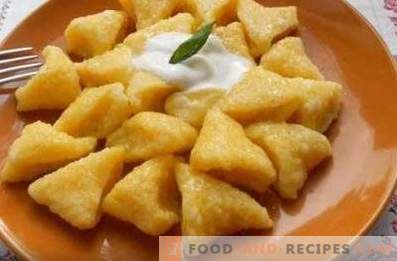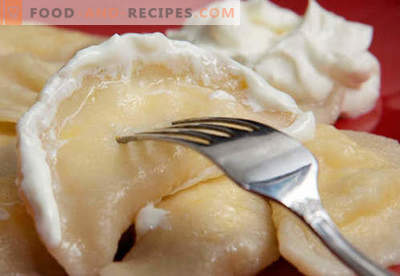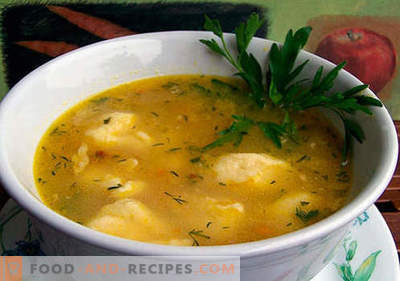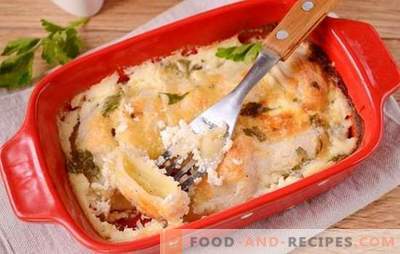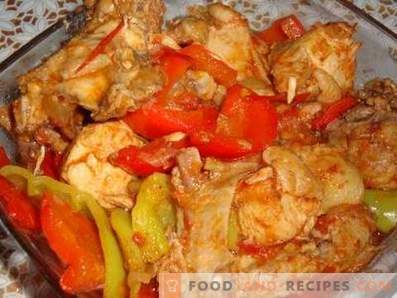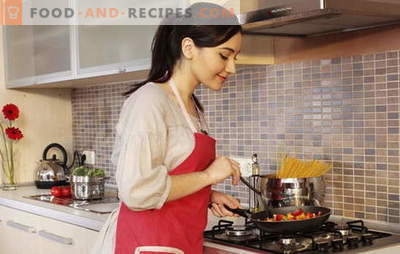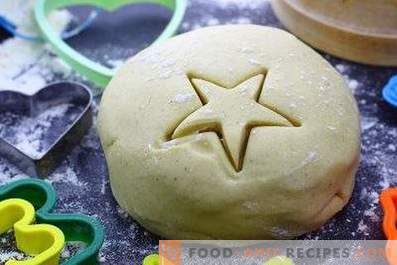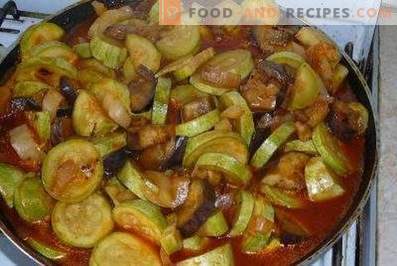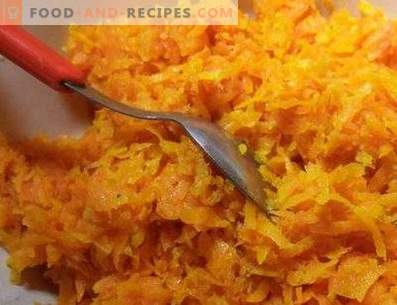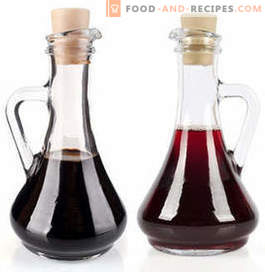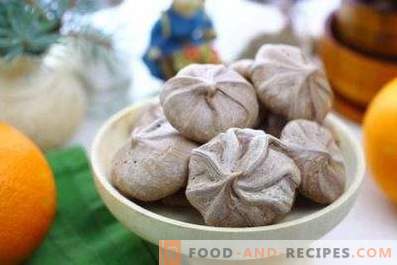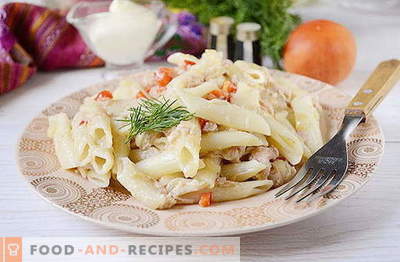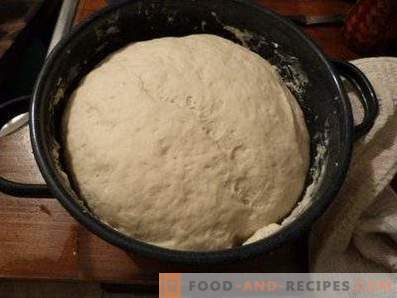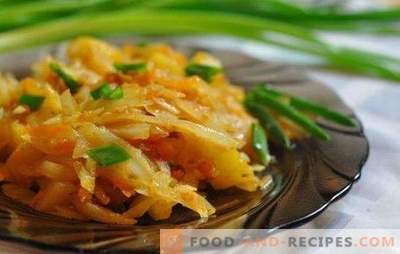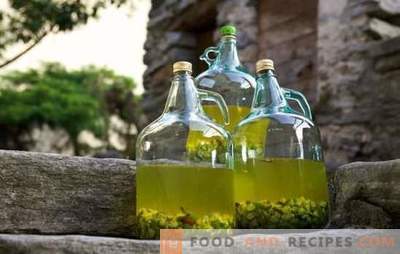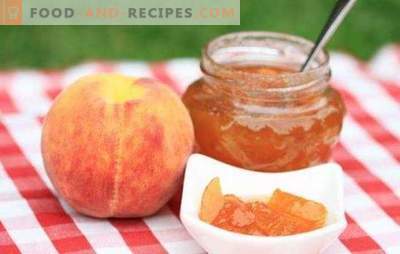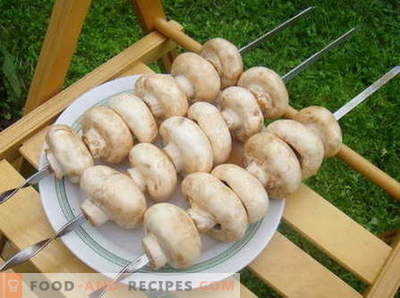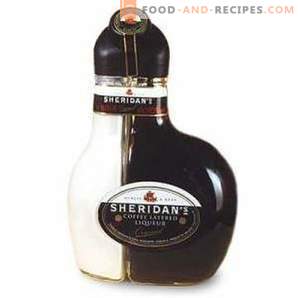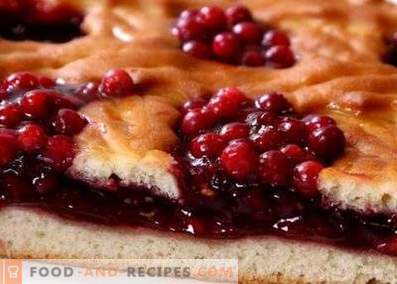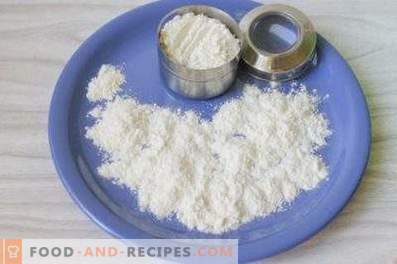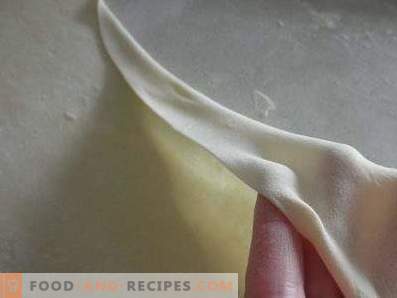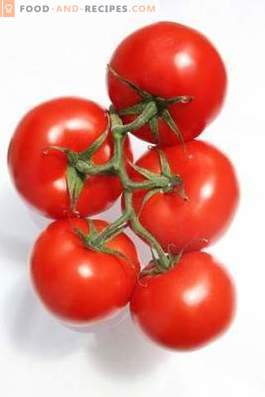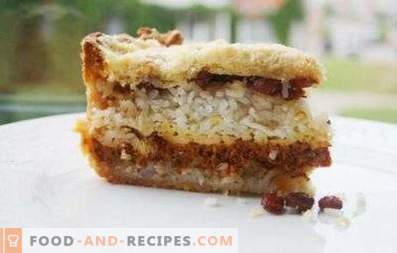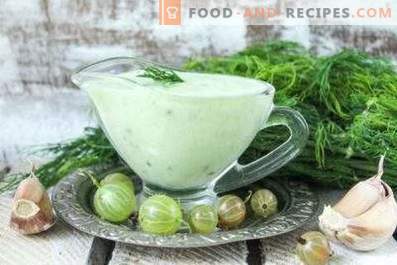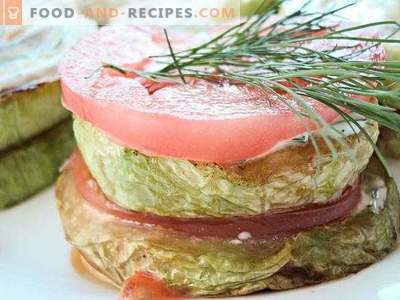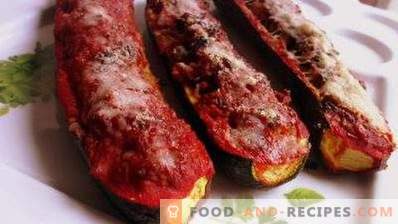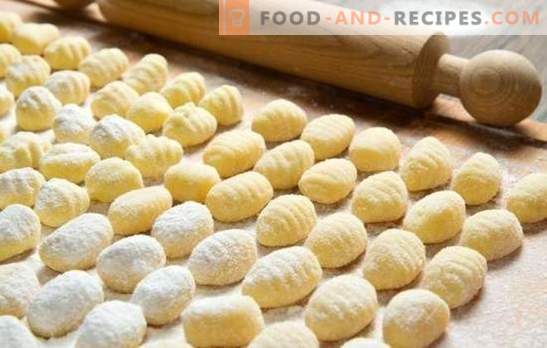
Soup with dumplings or dumplings? Maybe not a soup at all, but a second dish? And dumplings, and dumplings are miniature cooked pieces of dough. They are used in soups or as an independent dish. There is a lot of confusion about the name, batch, consistency and composition of the dough. Is there any difference between dumplings and dumplings?
Habitat of dumplings and dumplings
Dumpling is the European name for a boiled piece of dough.
It is gently rolled into small balls, rarely cut with a knife, then sent to boil in broth. But more often you can find unusual dumplings made from potato dough, with semolina, various fillings.
Inside the balls lay mushrooms, meat, vegetables. There is such a national dish in Belarus, it is served to the table with cracklings and fried onions.
Galushki live in Eastern European countries, are found in Caucasian cuisine.
Most of this dish is common in the Czech Republic, Ukraine, Hungary, Slovakia. It is found in Chechnya and in the territory of Ingushetia. There they are also actively prepared and consumed. They are also cooked pieces of dough. They run into the soup or served separately with sour cream and various sauces like lazy dumplings.
Consistency test
Some cooks argue that for the dumplings you need to make a batter. Balls are shaped with a spoon. Other chefs are firmly aware that such a mass is only suitable for dumplings.
The dumplings need to be rolled up with your hands or even with a rolling pin, cut with a knife into pieces. In fact, it is useless to search for the truth.
The consistency of the dough can be absolutely any, it all depends on the dish, the presence or absence of the filling, as well as the place of preparation.
Each country has its own way, and it does not depend on the name of the dish.
Composition: here's the catch!
Dumplings were originally made from dough with milk and egg. Similarly, preparing for the mass of dumplings.
Dough pieces were launched into boiling broth, brought to readiness. Left in the soup or were removed with a slotted spoon, complemented by sauces.
Later they began to add semolina to the mass, kneaded the dough with boiled or raw potatoes, broths, sour cream and other ingredients.
Soon there were options for dumplings and dumplings with fillings.
What makes dough balls:
- potatoes;
- cheese;
- minced meat, poultry;
- cottage cheese;
- greens.
Together with the appearance of the filling, the size of the dumplings also increased. Sometimes they resemble pies, but only boiled, without a crust. They are served on separate plates, watered with butter, sour cream, sprinkled with herbs. Belarusian potato dumplings are often fried to a crisp, below there is a recipe. In this form, the dish does not need additional filling.
Output
Dumplings and dumplings are dough products that are very similar to the method of preparation, kneading, texture, composition. In one country, they throw dumplings from the batter into the soup; in another place from the same mass, dumplings are poured into the same broth.
What is in common between them:
- dough is made with eggs;
- dairy products are often present;
- dumplings and dumplings boiled in broth or in water;
- products can be a separate dish;
- both dumplings and dumplings can be an ingredient in soup.
What is the difference? Perhaps only in the title. Both dumplings and dumplings can be made from one dough of equal size and served with one dressing.
Only a Pole will sit down to have dinner with dumplings, and a Belarusian will join him and praise what tasty dumplings have turned out.
Classic soup dumplings
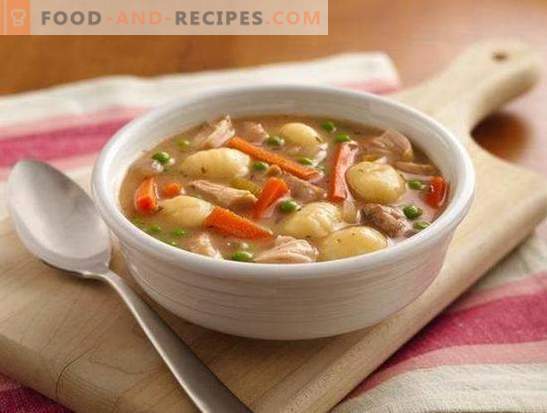
Here is a variant of the usual semi-liquid dough dumplings, which are also called dumplings. They are used for soup, are an additional ingredient.
The dish itself is cooked in the usual way, we cook any soup, dumplings will be added at the very end. This amount is enough for the pan 2-2.5 liters.
Ingredients
- 4 spoons of milk;
- egg;
- pinch of salt;
- flour (4-5 spoons).
Preparation Method
- Egg broken into a bowl. Immediately add milk and salt. You can also pepper or throw a pinch of dry garlic, a little green. Beat with a fork or whisk.
- Add flour. Pour four spoons. It should make a sticky dough. If the egg is large, then add another spoonful of flour.
- In a ready-made boiling soup with a teaspoon, drop small pieces of dough. At the same time, rinse the spoon with hot broth.
- As soon as all the dumplings come up, and the soup boils, add greens, laurel, turn off the stove. Insist for ten minutes, the dish is ready.
Often, for fluffiness, egg whites are whipped separately, and then added to yolk with milk.
Classic Belarusian dumplings
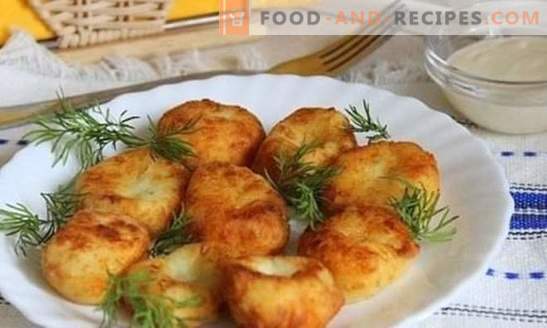
Recipe for fried Belarusian dumplings. This dish claims to be the national treat. As part of the potato. Unlike the previous version of dumplings, dumplings here serve as an independent second course. If desired, they can not fry, and serve boiled. In this case, pour the butter over the balls from the top or fill it with cracklings with fried onions.
Ingredients
- 7 potatoes;
- 4 spoons of flour;
- 2 eggs;
- 1 onion;
- 1 tsp. salts;
- 50 g butter;
- 2 laurels;
- 1 scoop of starch;
- 3 peppercorns;
- 2 liters of water.
Preparation Method
- On the smallest grater, rub onions and potatoes. Hands out the extra juice, should get dryish chips. We shift in a bowl.
- Add salt and eggs, add starch, stir and add prescription flour. The mass should be slightly sticky.
- We moisten hands and make small balls that resemble a walnut. Sometimes a piece of bacon is put inside each dumpling, which can also be done.
- We boil water, add salt, add laurel and peppercorns. We start Belarusian dumplings and boil after ascent about five minutes. In this case, the fire must be removed.
- Take out the dumplings with a slotted spoon. Give the drain water.
- Heat up butter and put dumplings in a frying pan. Fry on both sides until crisp. We take out on a plate.
Such dumplings can become an independent treat or be served to soup borsch, replace bread. They are offered with tea and coffee to guests, a great alternative to pies.
Dumplings and dumplings, gnocchi and dumplings, daws and lazy dumplings are very similar and sometimes even the same dishes, having only geographically different names.

